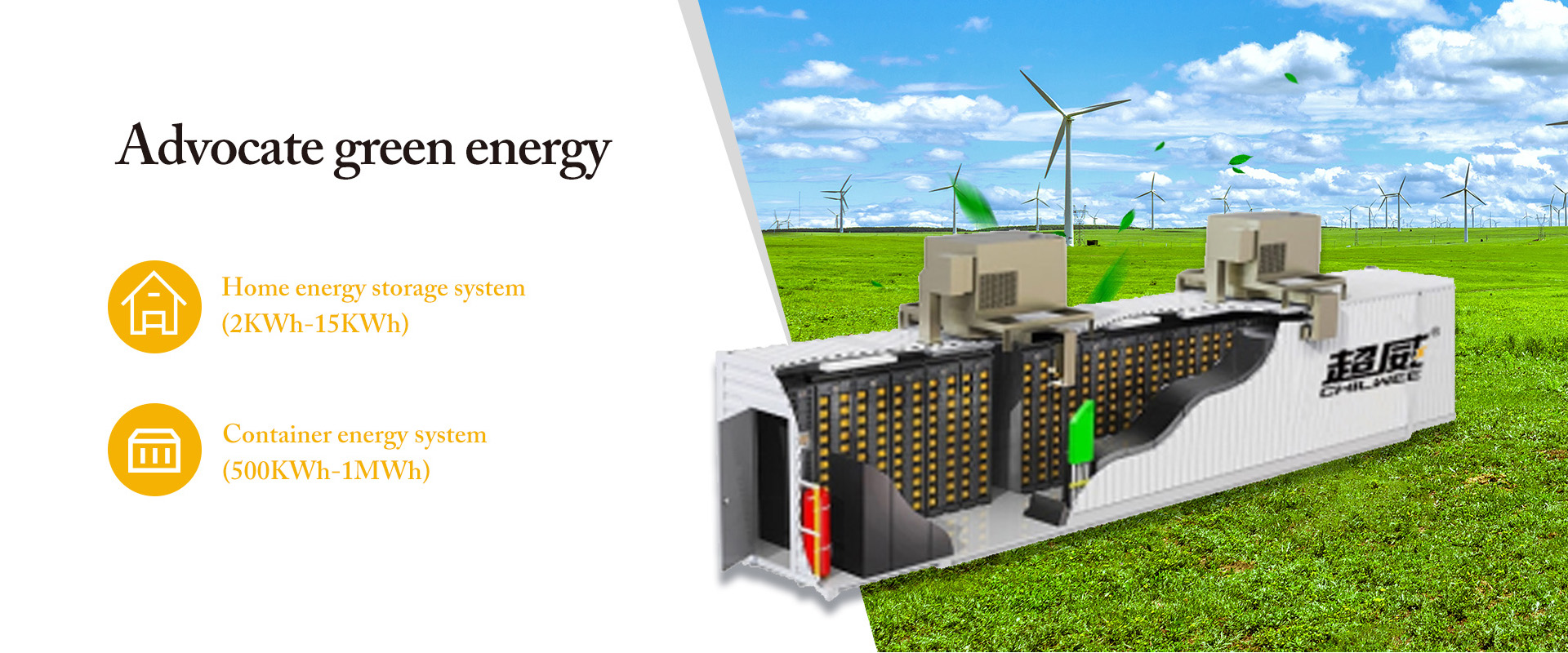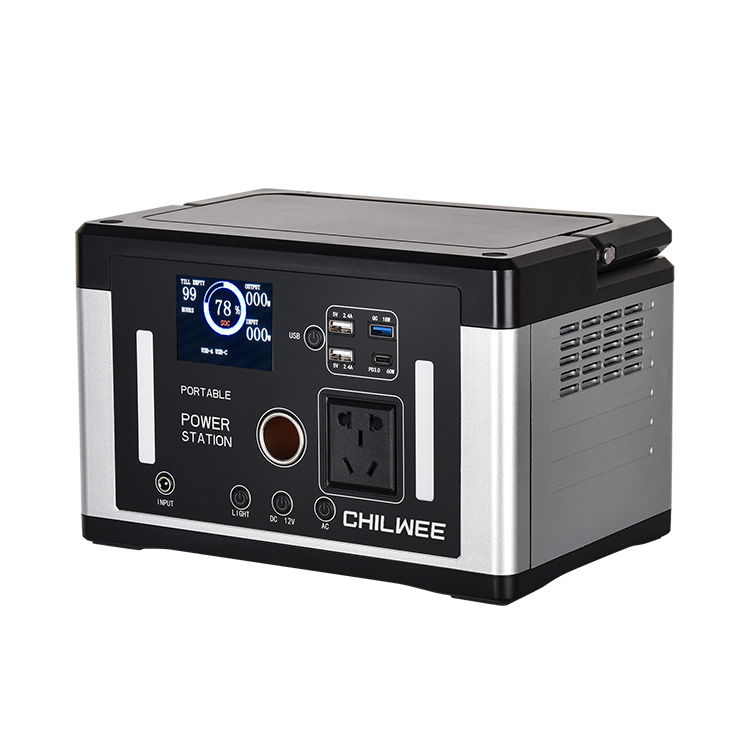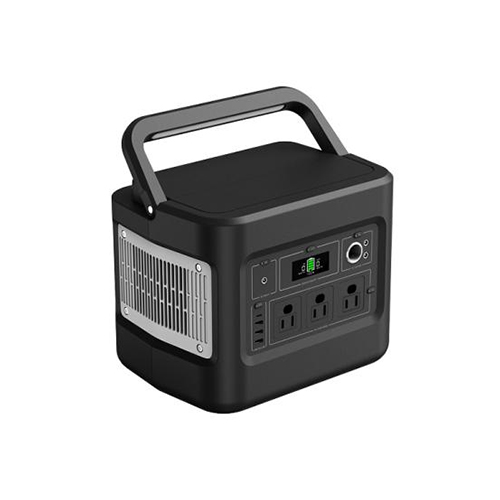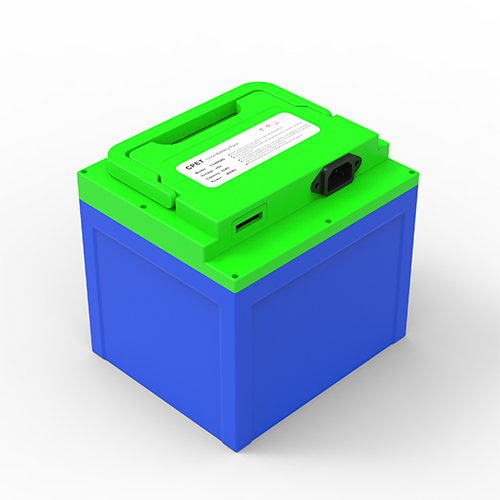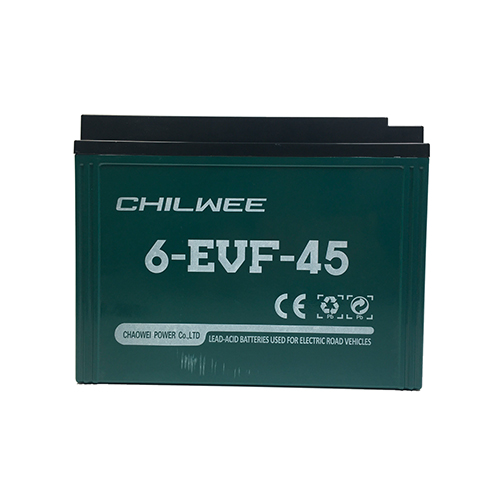01 Main Ingredients
The main components of lead-acid battery are lead and acid, and a large amount of mixture of heavy metal lead and acid will be produced in the process of use, and improper storage will lead to environmental pollution. Lithium-ion batteries, which consist mainly of lithium and other light metals, are better for environmental reasons alone.
02 Energy density
Lithium batteries have an energy density of about 160WH/KG, while lead-acid batteries have an energy density of only 40WH/KG. If you fill the lead-acid battery compartment of an electric tricycle with lithium batteries, the range will be doubled while weighing only 2/3 of the lead acid battery.
03 Life Comparison
Lithium batteries are undisputed in terms of power and range. As anyone who has ever used a lead-acid battery knows, after a year of use, the capacity of a lead-acid battery is reduced by about half, and power and battery life are greatly reduced. The average life of a lithium-ion battery is about three years, which is much more durable.
04 Security Features
The higher the energy density of lithium batteries, the less stable they will be.
With the development of lithium industry, different brands of lithium technology and quality are uneven. Some poor quality lithium batteries are prone to fire or even explode in high temperature environments. Therefore, when choosing lithium battery products, we must choose regular manufacturers, because safety is fundamental.
 English
English  Esperanto
Esperanto  Català
Català  icelandic
icelandic  Kreyòl ayisyen
Kreyòl ayisyen  Shqiptar
Shqiptar  lugha ya Kiswahili
lugha ya Kiswahili  አማርኛ
አማርኛ  ជនជាតិខ្មែរ
ជនជាតិខ្មែរ  Монгол хэл
Монгол хэл  Somali
Somali  O'zbek
O'zbek  Español
Español  Português
Português  русский
русский  français
français  日本語
日本語  Deutsch
Deutsch  Tiếng Việt
Tiếng Việt  Italiano
Italiano  Nederlands
Nederlands  ไทย
ไทย  Polski
Polski  한국어
한국어  Svenska
Svenska  magyar
magyar  Malay
Malay  বাংলা
বাংলা  Dansk
Dansk  Suomi
Suomi  हिन्दी
हिन्दी  Pilipino
Pilipino  Türk
Türk  Gaeilge
Gaeilge  عربى
عربى  Indonesia
Indonesia  norsk
norsk  اردو
اردو  čeština
čeština  Ελληνικά
Ελληνικά  Українська
Українська  فارسی
فارسی  नेपाली
नेपाली  Burmese
Burmese  български
български  ລາວ
ລາວ  Latine
Latine  Қазақ
Қазақ  Lietuvos
Lietuvos  Română
Română 



